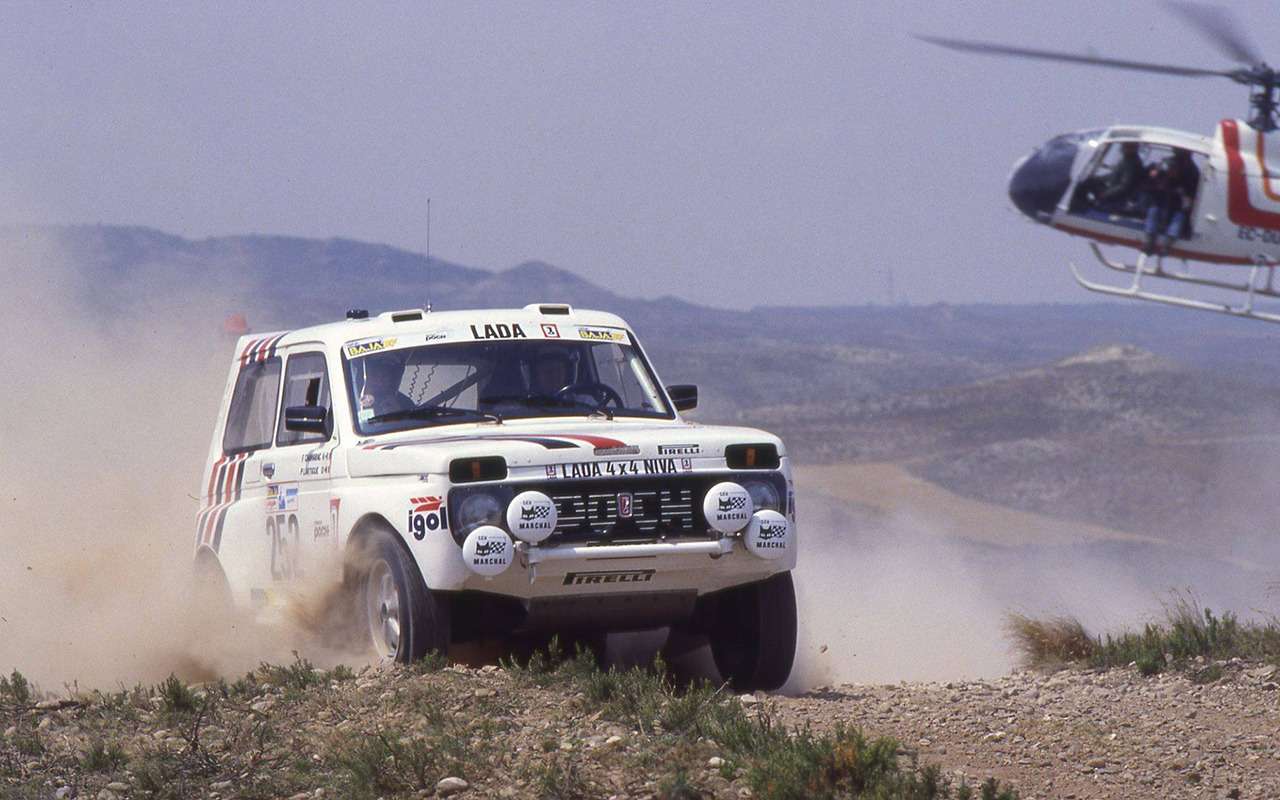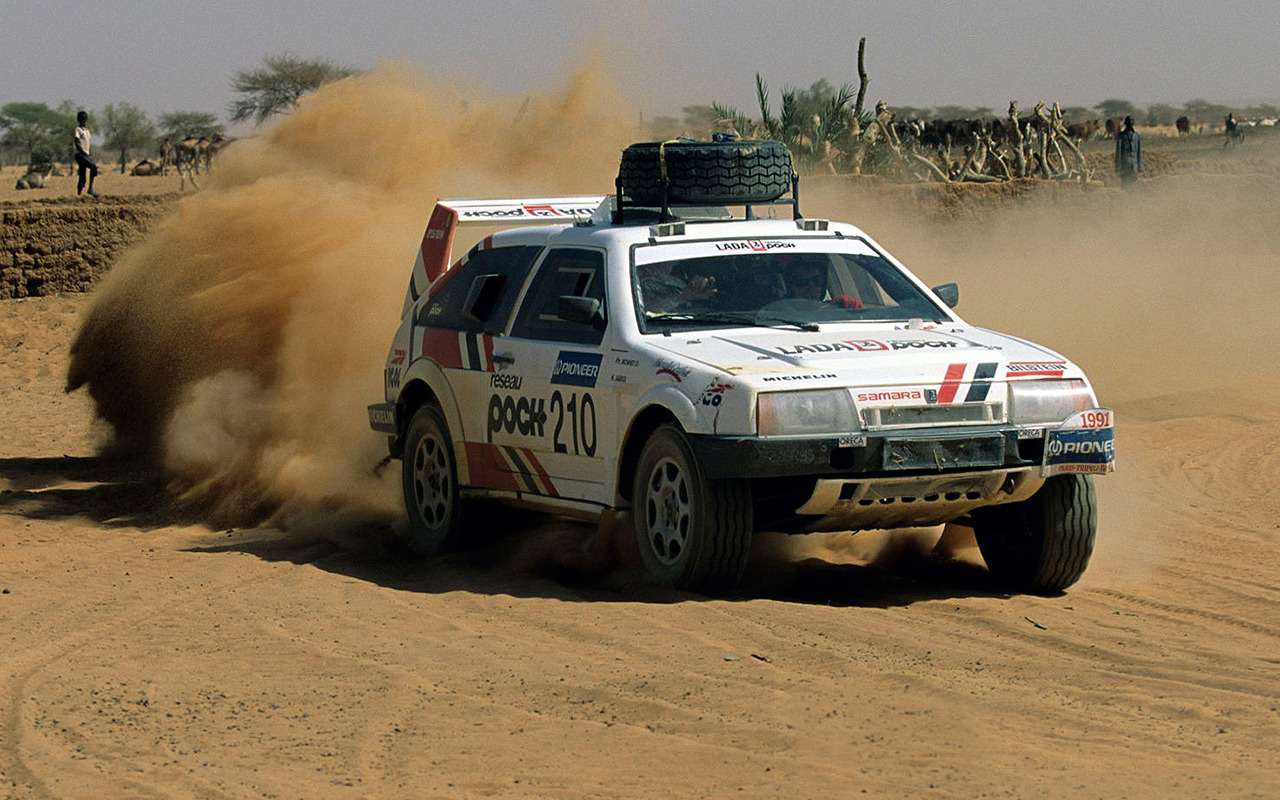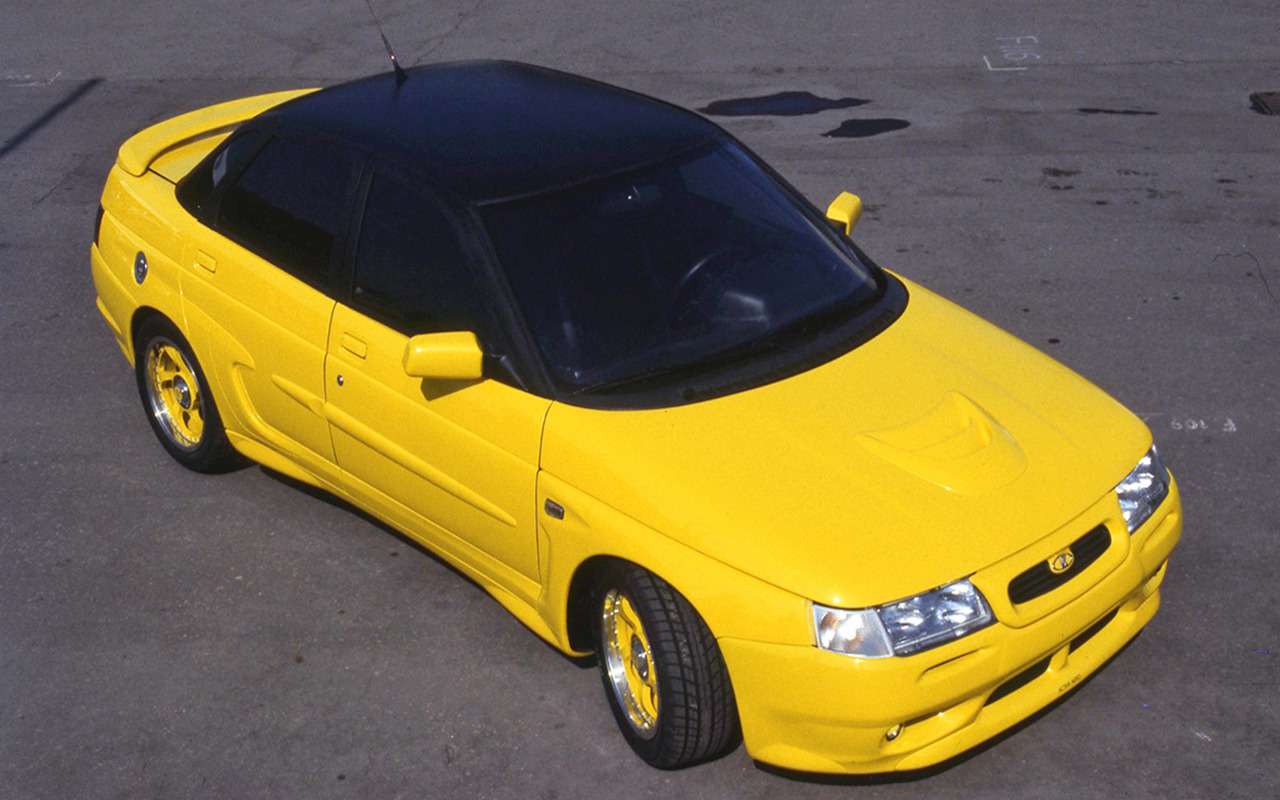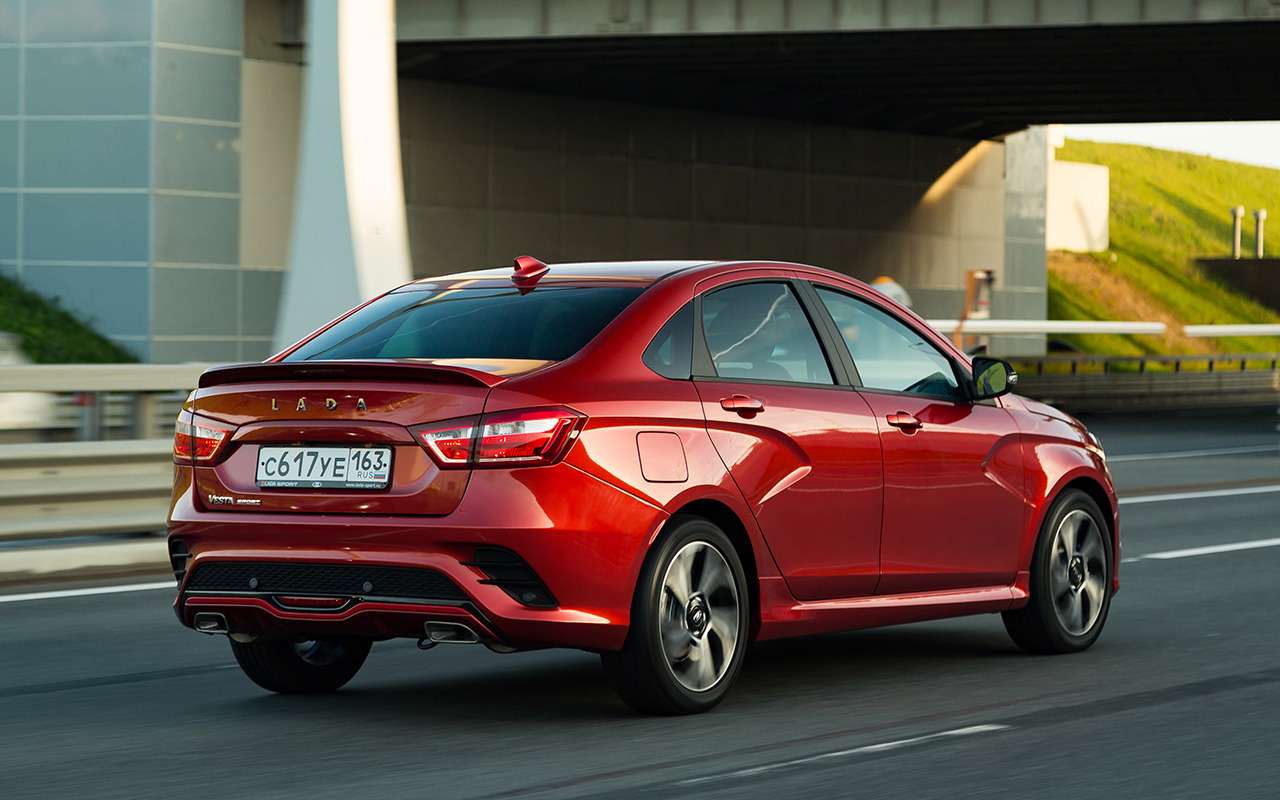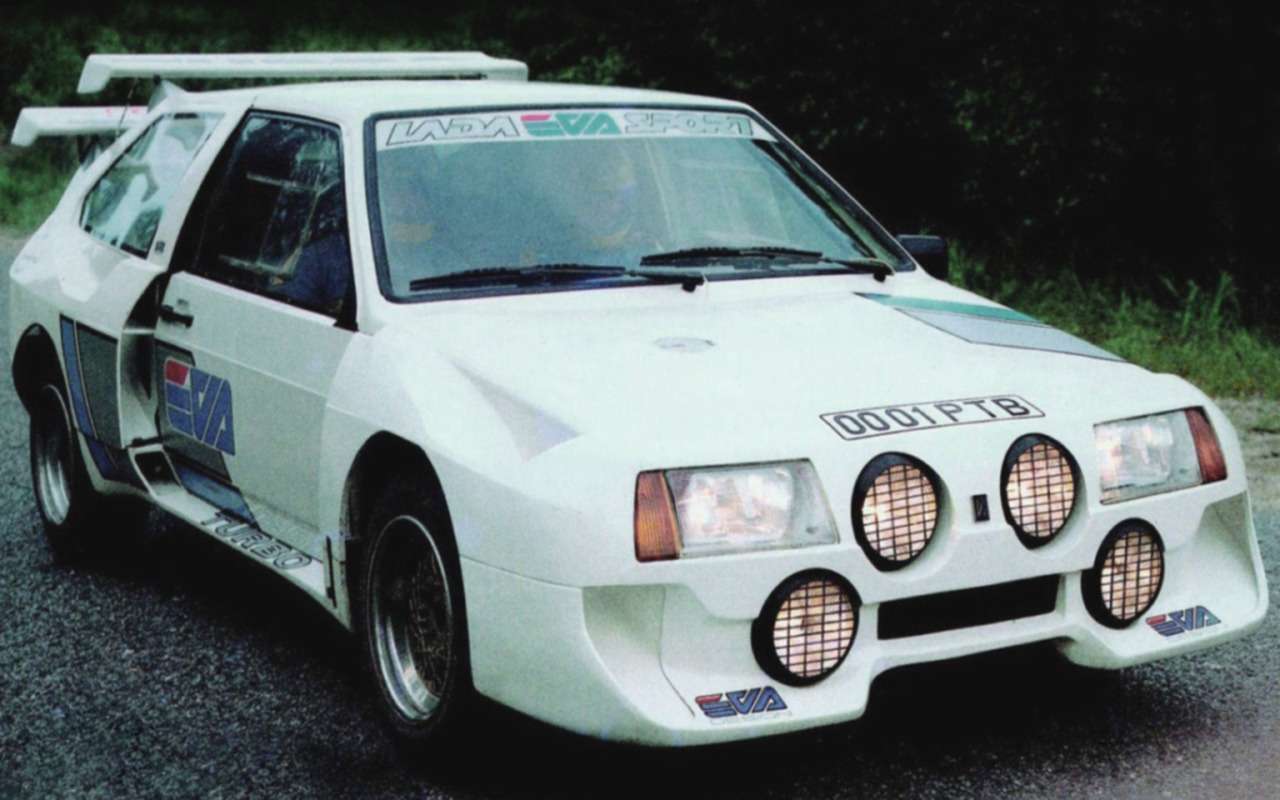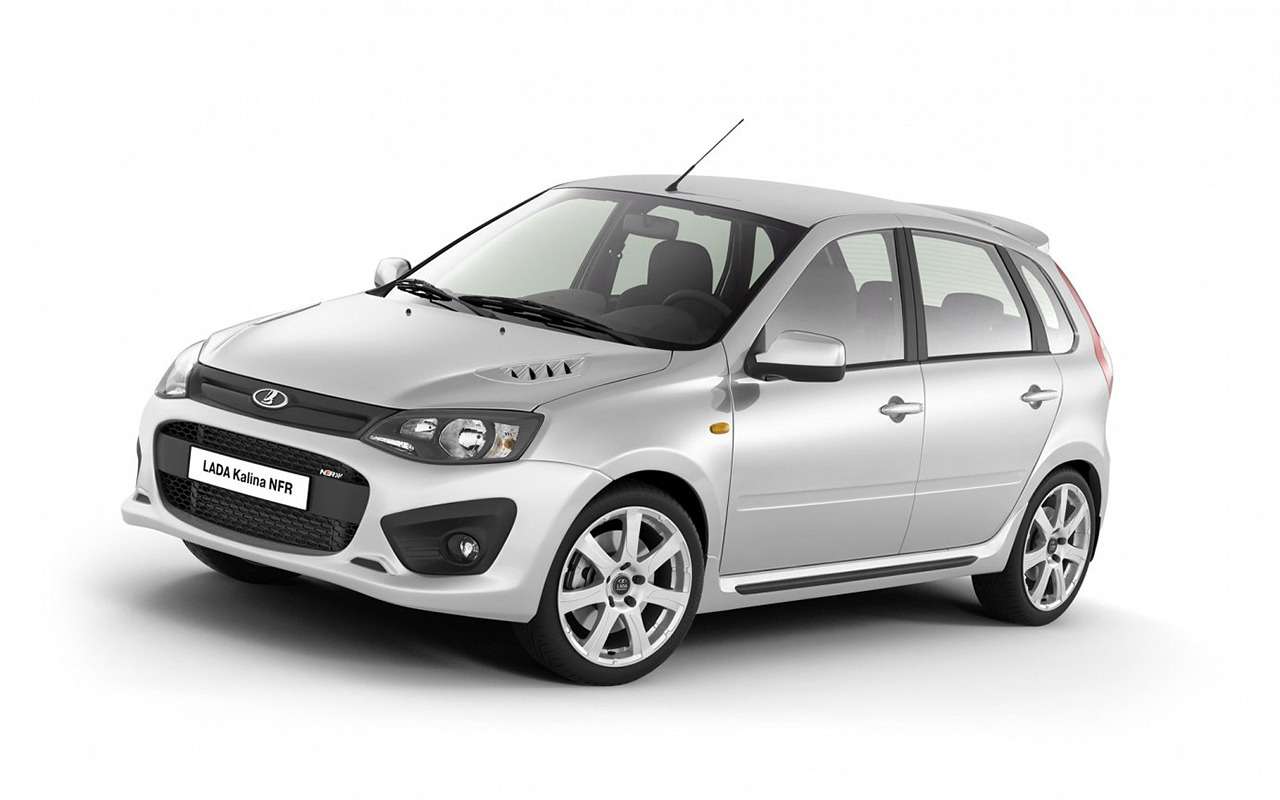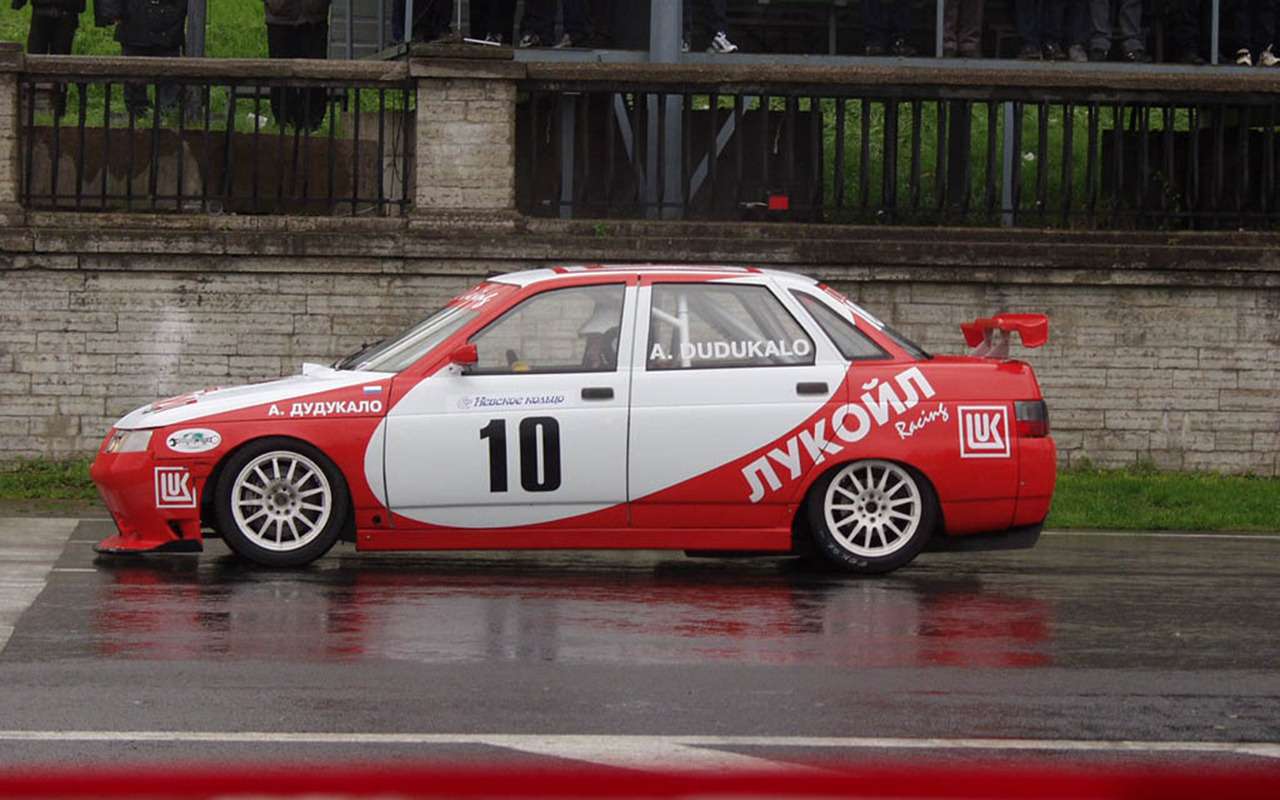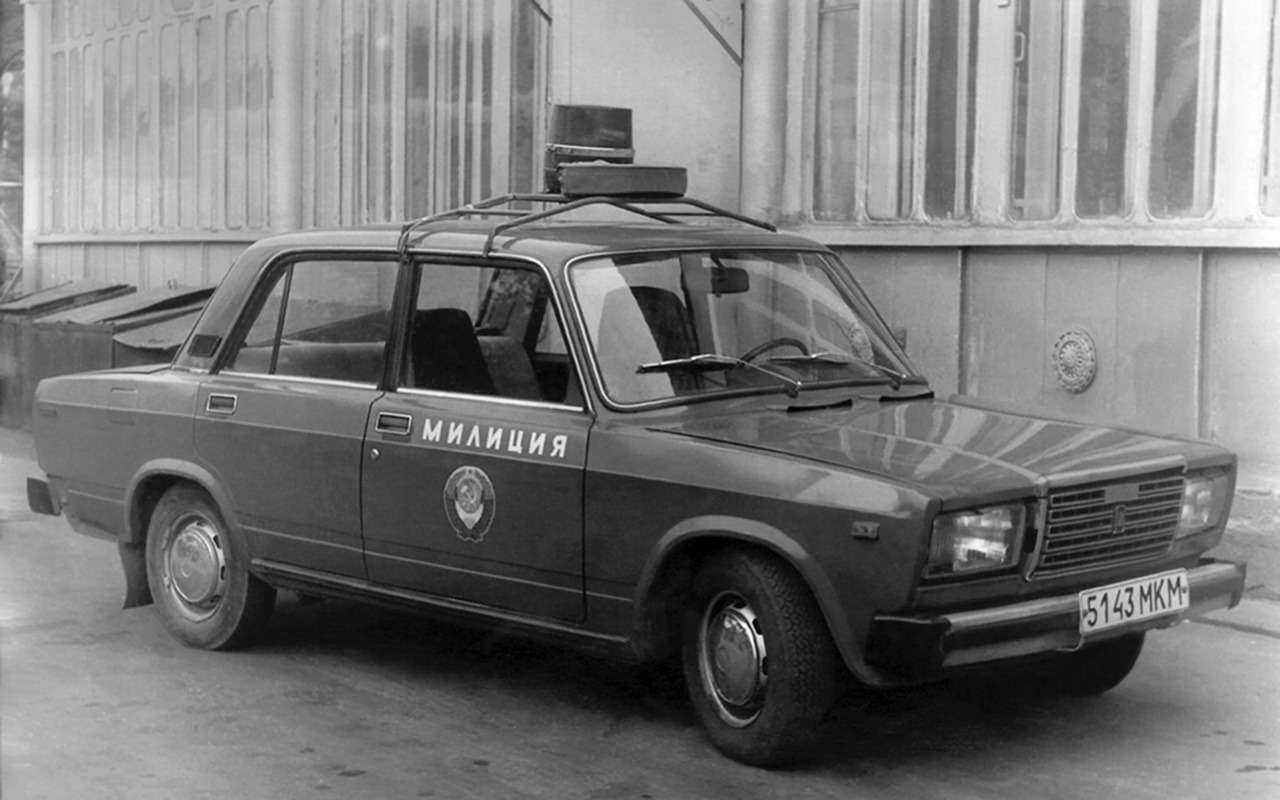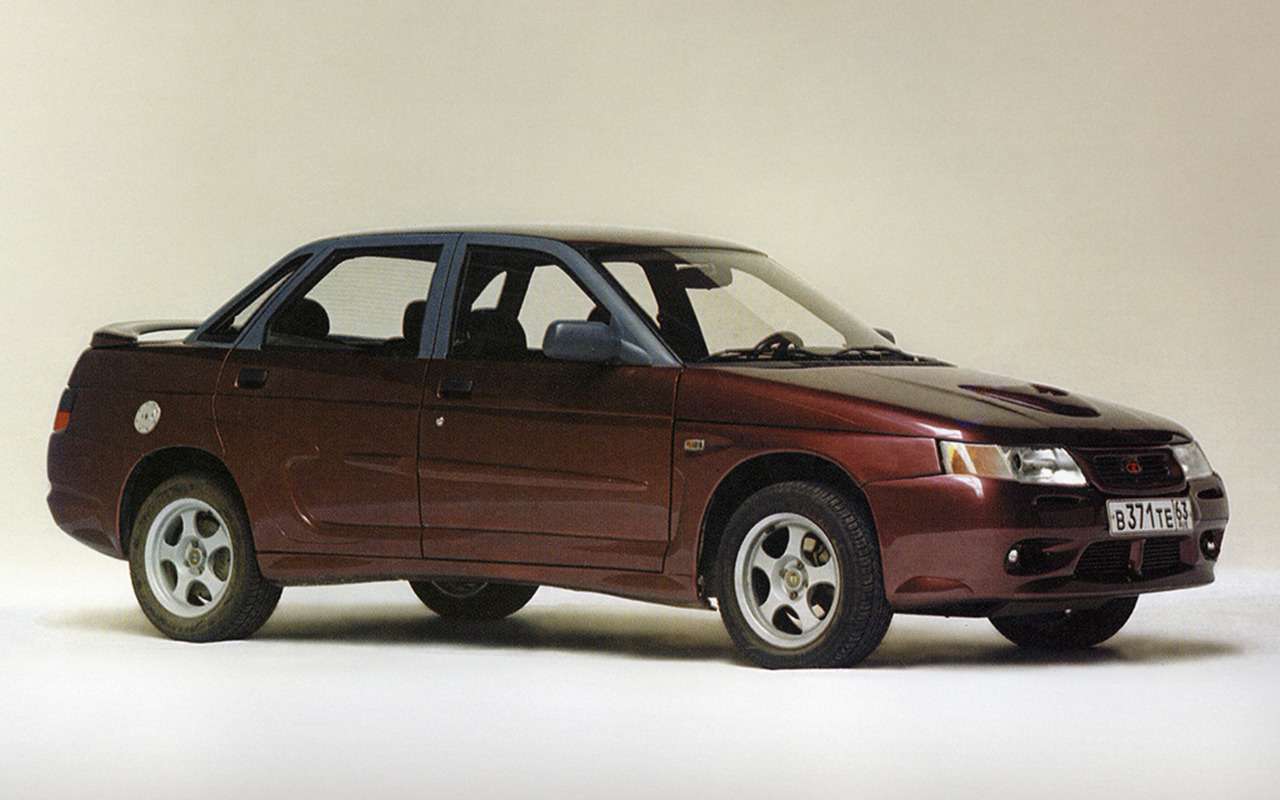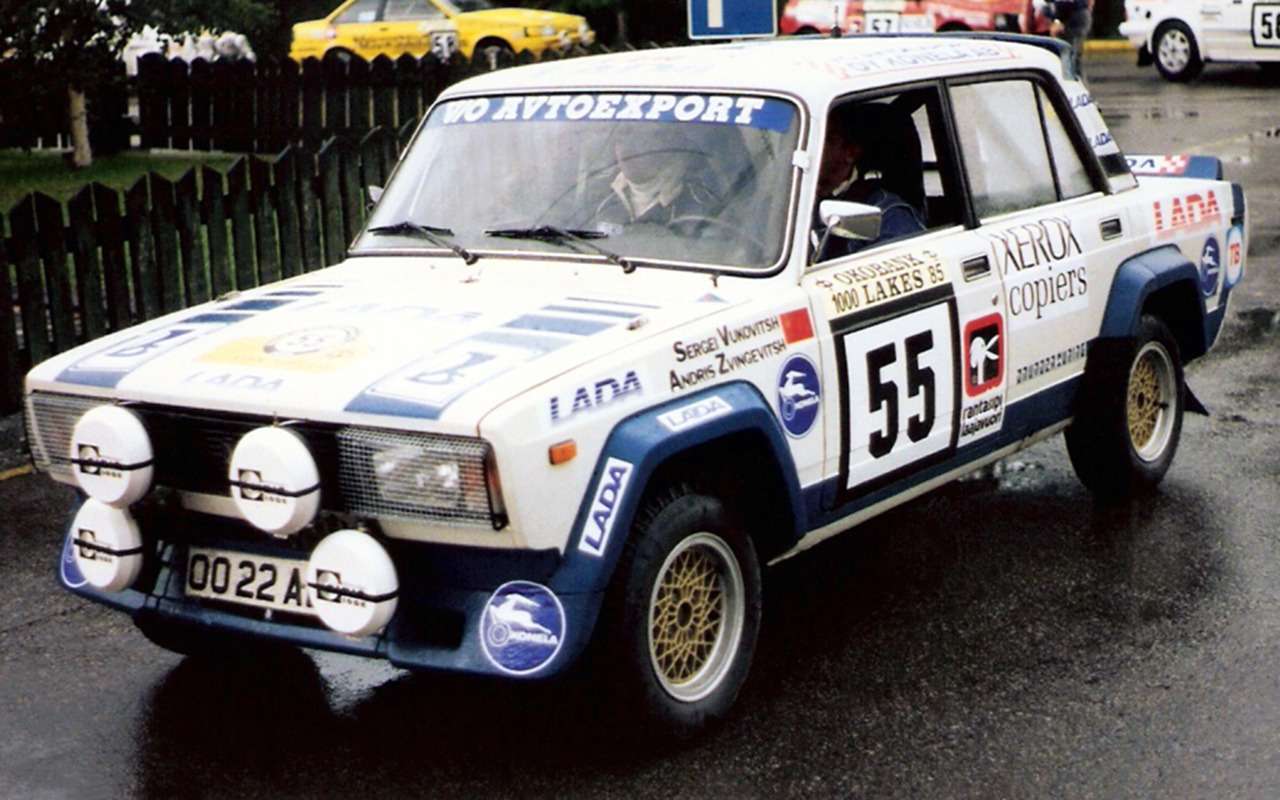Many people associate the Lada brand only with folk models: energy-efficient, slow, but huge and affordable.
However, in the history of VAZ there were really loaded models. And not only for sports, but also for driving on public roads. This selection will not feature piece projects from a tuning studio or drag racing cars. These Frets were produced directly on the assembly line or by the troops of companies close to the factory – in quantities from a few copies to several thousand cars.
VAZ-21106
The most famous and brightest Lada, which was mass-produced – if 170 copies produced can be called a series. The 106 was a real wolf in sheep’s clothing. For the first time, this car, in the form of the Yellow Shark concept car, was shown at the 1996 Moscow Motor Show. This version was necessary for the homologation of the “tens” for the world rally. And if the World Cup did not turn out so well, the car entered the series anyway.
Under the hood was a two-liter Opel C20XE engine with 150 hp. For a car with a curb weight of just over a ton, such an engine was enough for the eyes! The 106th reached the first 100 km/h in 9.5 seconds and accelerated to 205 km/h.
The engine was not the only difference between the loaded “ten”. The steering was equipped with a hydraulic booster. The front suspension was original – on a subframe with its own levers and different kinematics. Externally, the car was distinguished by extended rear arches and a plastic body kit.
Its release lasted from 1997 to 2007. But in fact, most of the cars were assembled before the early 2000s. An interesting fact: of all the series models, the VAZ-21106 is still the most powerful in the history of AVTOVAZ.
Concept “Yellow Shark” 1996.
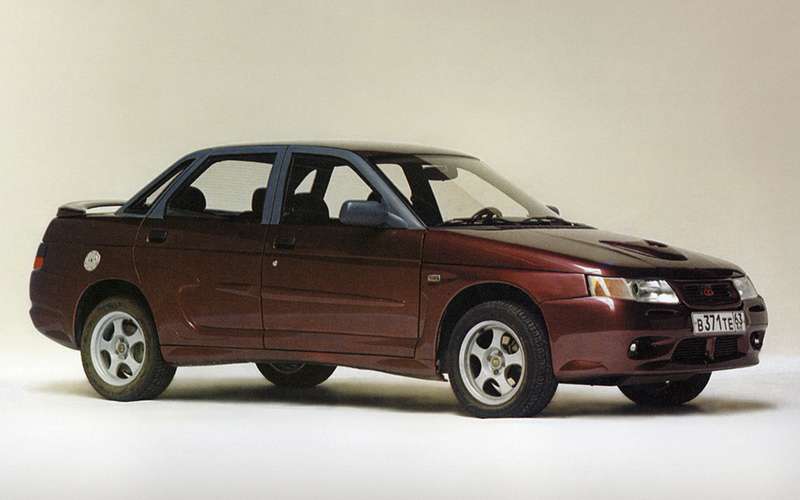
Lada Vesta Sport
The most recent production model – it appeared in 2018. It was not just about a body kit, sport elements in the cabin such as carbon fiber inserts and seats with developed lateral support.
The main advantage is the chassis. The redesigned suspension with reduced ground clearance has lost a bit of suppleness. But the car drives really well.
The weak link is the power unit. The gearbox is missing the sixth stage and the engine has no power. The 1.8 naturally aspirated engine delivers 145 hp and the chassis can easily digest 200 hp or more.
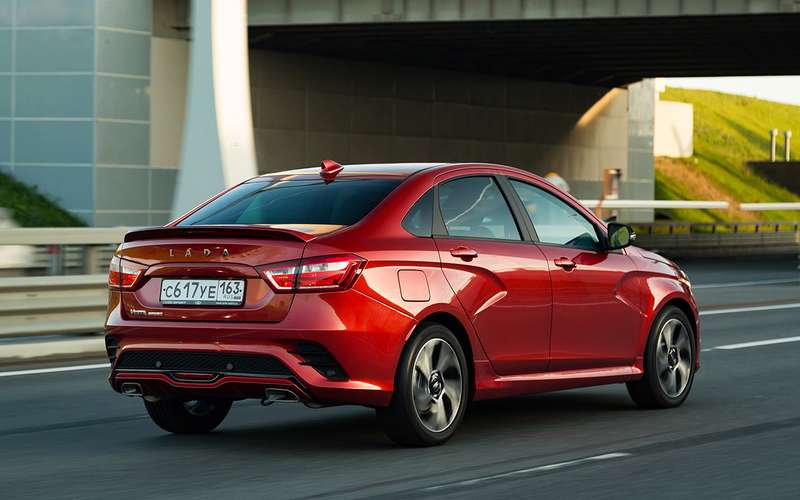
Lada Kalina NFR
Kalina NFR (Need for Race) has become the fastest – and not just in the family, but among the rest of the Frets. The 1.6-litre engine, boosted to 136 hp, propels the small hatchback to 207 km/h. And the first 100 km/h NFR changes in 8.5 seconds.
The car was modified, not just the engine. The main pair is very short – 4.3 instead of the standard 3.7. Clutch – from Kalina Sport. Instead of separate wishbones, the NFR has a triangular wishbone suspension at the front on a subframe. One of the problems for the owners of such a Kalina is to get tires of a rare size 205/40 R17.
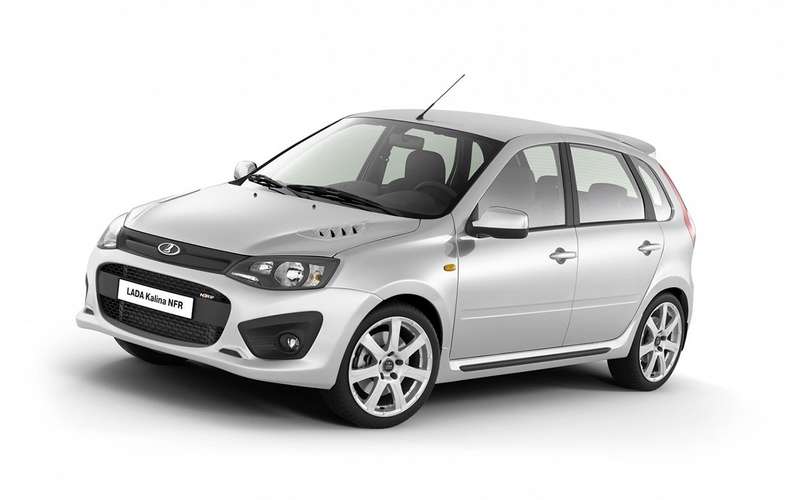
VAZ-21079
These fast Zhiguli were produced in small batches in the USSR. True, they were primarily addressed to the special services. We are talking about “catching up” with a two-piece rotary piston engine VAZ-413 with a power of 140 horsepower.
The rotary modification of the “seven” VAZ-21079 with this engine easily put the arrow on the speedometer and reached a maximum speed of 180 km / h. And she scored a “hundred” in 9 s.
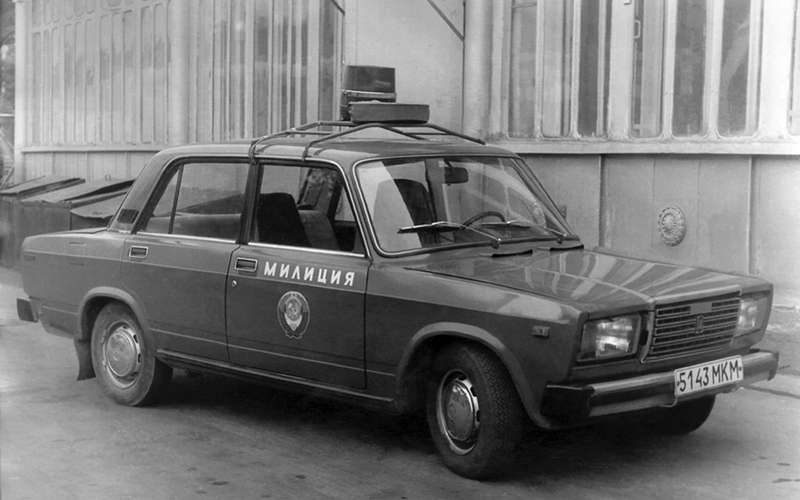
Lada VFTs
When it comes to racing Zhiguli, the first thing that comes to mind is the Vilnius Vehicle Factory of legendary Soviet racer Stasis Brundza.
He found a skillful recipe for finalizing machines. Reinforced and lightweight body, redesigned suspension and brakes. Only the gearbox was not touched, which, as it turned out, was great for racing.
The VAZ-2106 engine, while preserving volume, was boosted to 160 horsepower. at 7000 rpm. It could have been more, but the power with revolutions was limited to increase the resource.
In 1987, a new rally car of Group B Lada EVA was created, which outwardly resembled the VAZ-2108. Inside, however, the racing car had nothing to do with Sputnik. Spacious frame, rear-wheel drive and engine in the base. The standard VAZ-2106 engine was bored out to a volume of 1.9 liters, equipped with an original two-shaft block head and turbocharger. Up to 300 horsepower were removed from such units!


VAZ-2110 Lukoil Racing
This legendary racing Lada was created after the collapse of the USSR. We are talking about the red and white “tens” of the Lukoil team for the race (now non-existent!) Supertourism class, closed after 2003. The rules allowed many improvements, but the engine had to remain regular.
These fireballs had almost nothing in common with the “ten” series. Original suspension, brakes and 6-speed sequential transmission. 225 hp was removed from the standard 1600 cc naturally aspirated engine. at 9300 (!) rpm. The compression ratio of the engine was 12 units, and the resource when running on AI-109 racing gasoline was 500 combat kilometers.
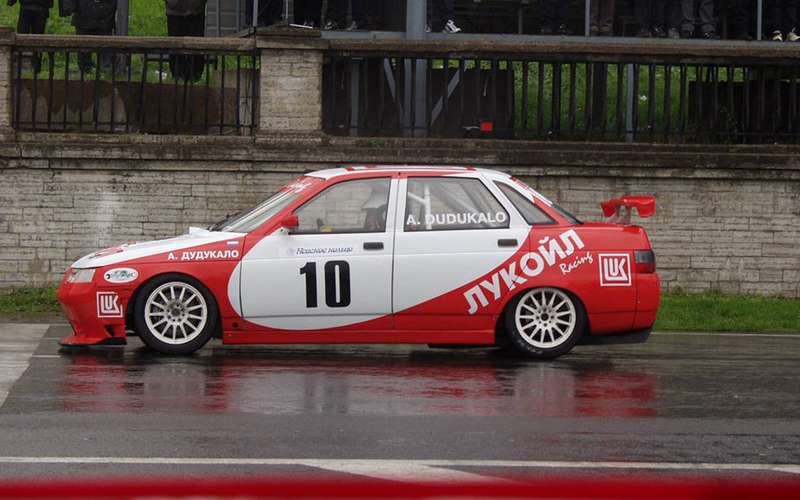
Ferrets in Dakar
The Ladas entered the Dakar Rally thanks to the driver Jean-Claude Briavuan and the French importer of the Ladas, Jacques Poque. It was they who first brought our Niva to this prestigious rally. Initially, the cars were equipped with boosted up to 110 horsepower. va engine. And later, the modified Niva with a larger wheelbase was equipped with a 280 hp ROC engine, which was located in the base.
The best year for Niva was 1982 – Lada took second place, losing only to the factory Renault team. In 1989, the Niva gave way to the new prototype Lada Samara T3, which looks like a G8. The four-wheel drive car was equipped with a 3.6-liter Porsche engine with 300 hp.
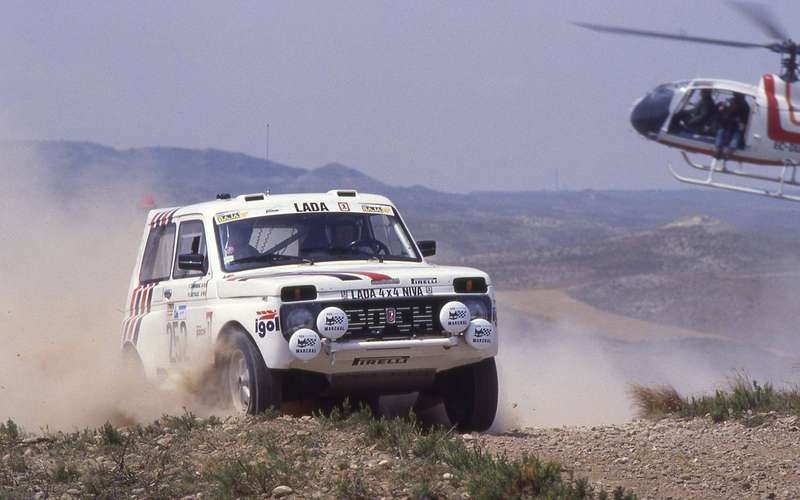
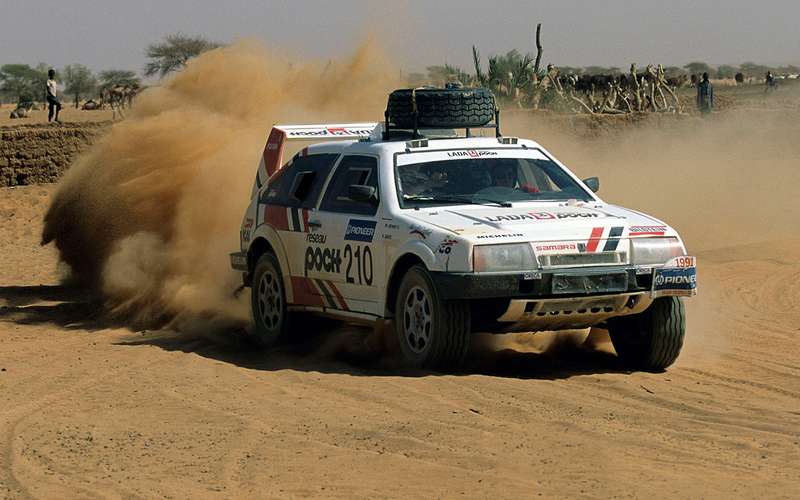
Lada WTCC
Later, the team performed with the Grants, but Vesta turned out to be the most successful. The 380 horsepower cars came on the podium seven times in the 2016 season, taking two wins. The best of the factory drivers, Nick Catsburg, finished the championship in seventh place in the individual standings. And Lada took third place in the constructors’ championship.
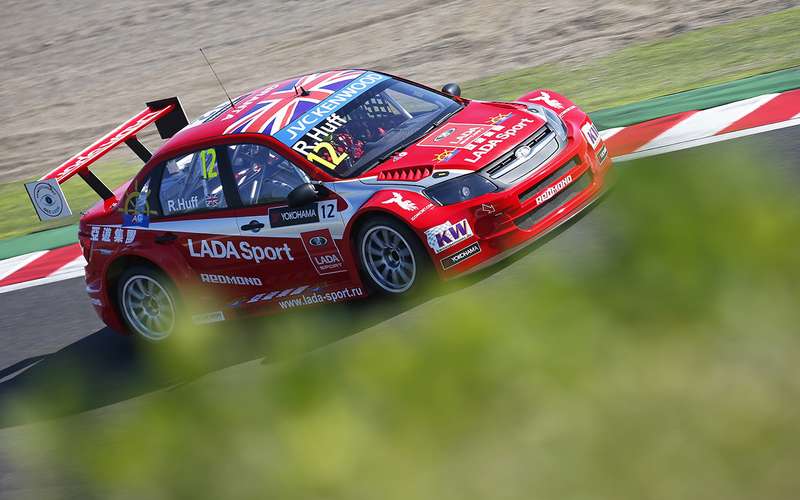
What’s next?
Motorsport has always been revered in Togliatti. And in the history of the brand there were many interesting projects of really fast and powerful cars. And not only for motorsport, but also for everyday life.
And no one is going to break traditions. This means new fast Ladas are coming – from loaded civilian versions to unique race cars.
- The range of consumables under the TM “Za Rulem” is constantly expanding. Evaluate the quality of our products!
- “Behind the wheel” can also be read on VKontakte.
300 “horses”, supercharger, four-wheel drive and a top speed well over 200 km/h – have you heard of such Ladas? And they were released, and in series!

